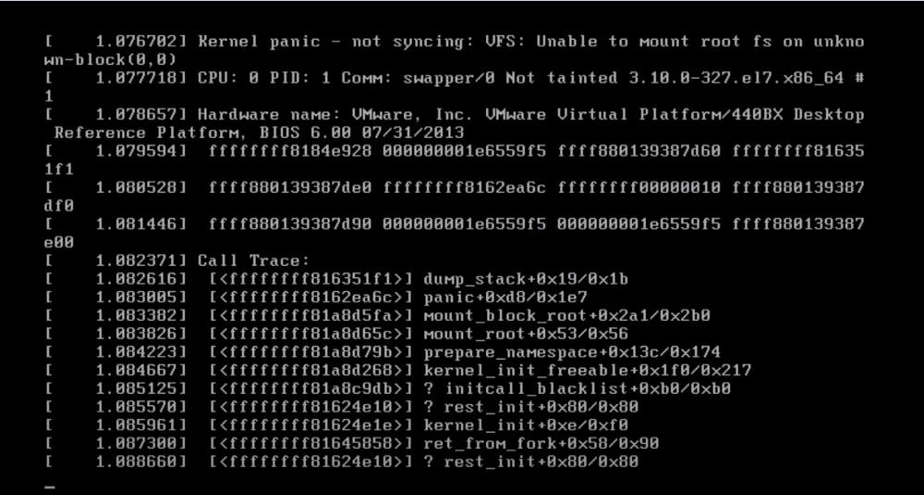How to Force Kernel Panic in Linux
Have you ever wanted to intentionally crash your Linux system for debugging purposes or just to see what happens? Well, you can force a kernel panic in Linux, and in this article, we will show you how to do it.
A kernel panic is an action taken by an operating system upon detecting an internal fatal error from which it cannot safely recover. By inducing a kernel panic, you can simulate a critical system failure and collect information about the crash to diagnose any underlying issues. It’s a useful technique for troubleshooting hardware or software problems.
Method 1: Using Magic SysRq Key
The Magic SysRq key is a key combo that allows you to perform various low-level kernel operations, including triggering a kernel panic. Here’s how you can use it to force a kernel panic:
- Press and hold the Alt and SysRq (Print Screen) keys.
- While holding them, press the following keys in sequence: R, E, I, S, U, B.
This key sequence will safely reboot your system after causing a kernel panic. Make sure to save any important work before attempting this method as it will immediately crash your system.
Method 2: Using a Kernel Module
If you prefer a more controlled way to induce a kernel panic, you can create and load a simple kernel module that crashes the system on command. Here’s how you can do it:
1. Create a new C source file (e.g., panic.c) with the following code:
#include
#include
int init_module(void)
{
panic("Forced kernel panic");
return 0;
}
void cleanup_module(void)
{
printk(KERN_INFO "Unloading module\n");
}
2. Save the file and compile it by running:
make -C /lib/modules/$(uname -r)/build M=$(pwd) modules
3. Load the module using:
insmod panic.ko
After loading the module, your system will immediately crash and display a kernel panic message. You can unload the module and reboot your system to resume normal operation.
Conclusion
Forcing a kernel panic in Linux can be a helpful technique for diagnosing system issues and understanding how the kernel handles critical errors. Whether you use the Magic SysRq key or a custom kernel module, make sure to exercise caution and only perform these actions in a controlled environment. Happy debugging!
